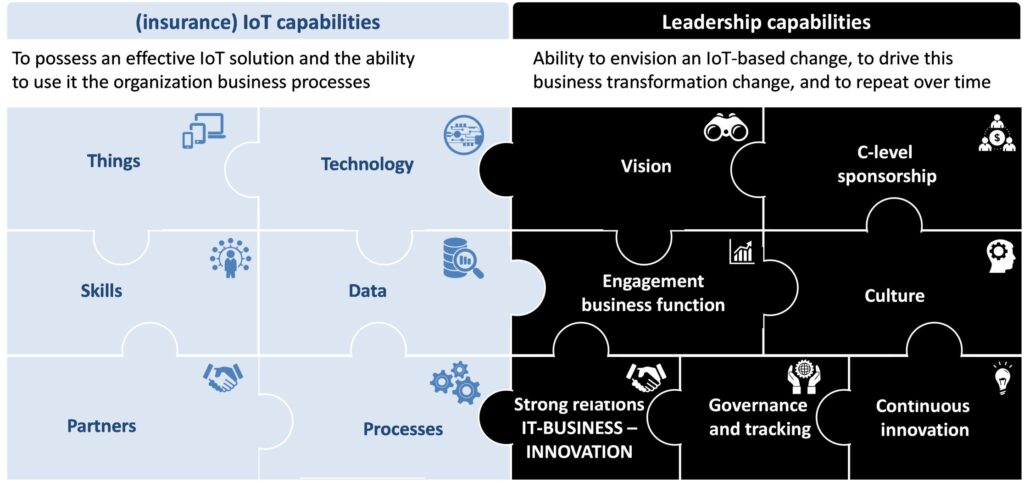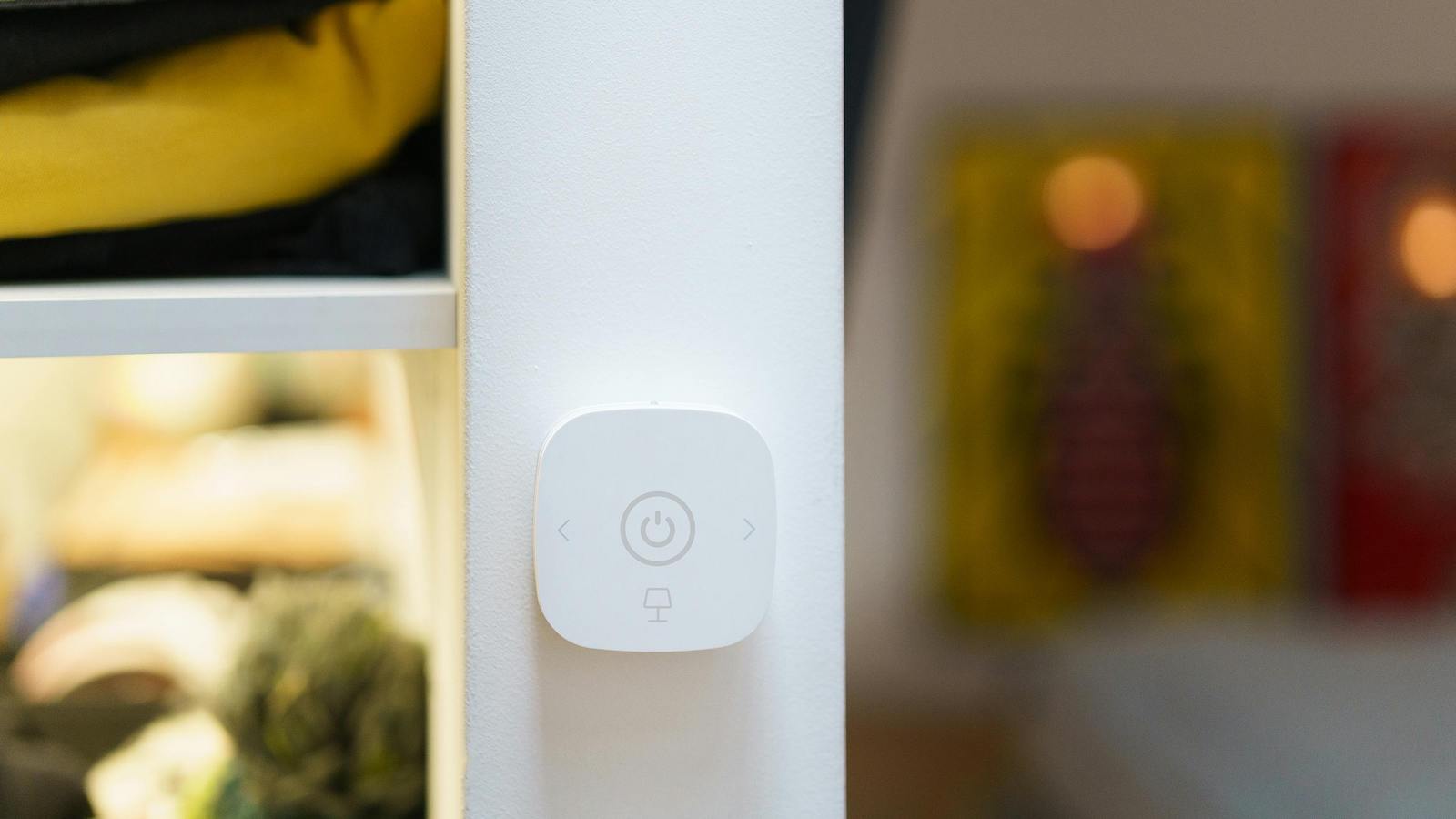Traditional, end-to-end business models are breaking down in every industry, including insurance. In the digital era, it is increasingly difficult for any single firm to deliver the seamless experience that customers expect. More insurers are leveraging digital ecosystems to reinvent their products and services, providing better risk management, reduced claim cost and new sources of revenue.
However, rooted in legacy systems and siloed business structures, most insurers even lack the foundations to successfully execute insurance ecosystems. Insurance organizations will likely struggle in moving from traditional insurance offerings to tailored, ecosystem-driven customer experiences.
Nonetheless, insurers should have a plan for incorporating ecosystems into their business models. It’s time for all insurers to become insurtechs.
As opposed to the traditional business model, where insurers create and distribute end-to-end products and services, an ecosystem model is characterized by unified/digital platforms that incorporate third-party products and services and collaborate with segment-focused distribution partners. Carriers must either bundle value from others with their products (e.g., providing IoT-based real-time risk mitigation services) or provide value to a bundle that someone else is creating (e.g., insuring the performance delivered by an IoT service provider).
Based on research from the IoT Insurance Observatory — a think tank focused on North America and Europe with almost 60 members, including many of the largest insurance and reinsurance groups and prestigious tech players like ValueMomentum — the adoption of IoT requires a robust set of capabilities, as represented in the following figure.

See also: The New IoT Wave: Small Commercial
Any insurance IoT program is a multi-year journey that requires overcoming functional silos, coordinating the different stakeholders and developing a collective intelligence. Insurers can achieve four kinds of goals:
- Improving core insurance activities (assessing, managing and transferring risks) by using IoT products and services for continuous underwriting, claims management and risk reduction. This goal was investigated in depth in our previous article, “Chloe and Insurance: A Love Affair.”
- Providing positive externalities to society, a topic more and more relevant due to the current focus on ESG investments (environment, social and governance);
- Generating knowledge about policyholders and their risks. This knowledge has allowed carriers to insure current risks in a different way, enable up- and cross-selling actions and insure new risks;
- Improving customer experience by interacting with them more intimately and frequently, moving beyond the traditional risk transfer. Many players are selling additional services for a monthly fee; others have found new ways to sell insurance coverages thanks to IoT.
Partnerships are a key differentiator. Some insurers have recently announced bold initiatives to use an ecosystem to expand their reach. One such insurer is Nationwide, which recently disclosed its partnership portal, where it exposes its services and protection products – including auto usage-based insurance (UBI) and connected homeowner insurance – to partners.
With more than half of insurers delivering on their core systems modernization projects in recent years, it’s time insurers leverage data coming from their core systems to grow their business. By integrating IoT devices data to the core system data and leveraging this data fusion, insurers will have the opportunity to build a more holistic view and understanding of their customers and their risks. Insurers will be able to build a sort of digital twin of the customer, then tailor their services and offerings and improve the customer experience. Insurers will also overcome business lines silos, enabling upselling and cross-selling.
Many senior insurance executives acknowledge that the world will be more and more connected, but, even with ecosystems as a topic on the agenda, IoT has not been exploited in business processes in a meaningful way. To lead an IoT-based business transformation, a clear vision and a structured and well-communicated plan are necessary.
Technology is one of the key enablers of this transformation. However, insurers will have to carefully investigate, determine, prioritize and experiment with a range of IoT business use cases to develop an IoT-based business model. Many insurers are exploring a range of scenarios beyond connected cars, including connected homes, health and lives, infrastructure, factories and transportation. A comprehensive approach to help insurers build out the required capabilities for IoT is below. This insurtech approach takes insurers from business model definition to vendor partner strategy, to platform implementation and finally to IoT insights across the insurance value chain.
A main challenge for insurers is building the technology architecture to aggregate, normalize and analyze data to make it available for the IoT platform. A big question for many is: How do I get started? An effective way to develop your architecture is by leveraging frameworks.
The framework below breaks down the broad portfolio of technology components, services and capabilities. The components are arranged in three layers – Edge, Fog and Cloud computing – addressing where data should be stored and processed for speed, cost and effectiveness, depending on the type of data and purpose of the data.
The collection of managed and platform services shown in the framework, across Edge and Cloud computing layers, connects, monitors and controls IoT assets and the processes that generate data for insights and analytics. These services work together across multiple layers that include the IoT ecosystem — such as sensors, devices and industrial sensors — and connect to the computing infrastructure at Edge, Fog or Cloud, persistently or intermittently.
Data collected by the IoT ecosystem is then processed and analyzed at the Cloud layer, along with enterprise data sets such as on customers, policies, claims and billing. All of this data forms the inputs to the digital twin, which can then be turned into actionable outcomes using the latest computing techniques.
For insurers that are currently investing in IoT, and for many more that are considering doing so, this framework can help guide your approach and provide a strong architectural foundation.
See also: Global Trend Map No. 7: Internet of Things
As new waves of technology or sudden social shifts bring disruptions or opportunities to the industry — similar to telematics or digitalization — insurers must capture opportunities rapidly. Insurers that can reinvent themselves by leveraging data, including from the IoT, and form ecosystems will win.
After all, the digital economy is a “made for me” economy, and the digital twins allow insurers to tailor insurance experiences. Customers will reward organizations that understand their needs and provide them personalized value.
There are already examples of successful insurers – in different business lines and different geographies – that have effectively integrated IoT. Their stories mastering usage of IoT is an achievable target without investing hundreds of millions of dollars, but instead by leveraging the right partnerships.








